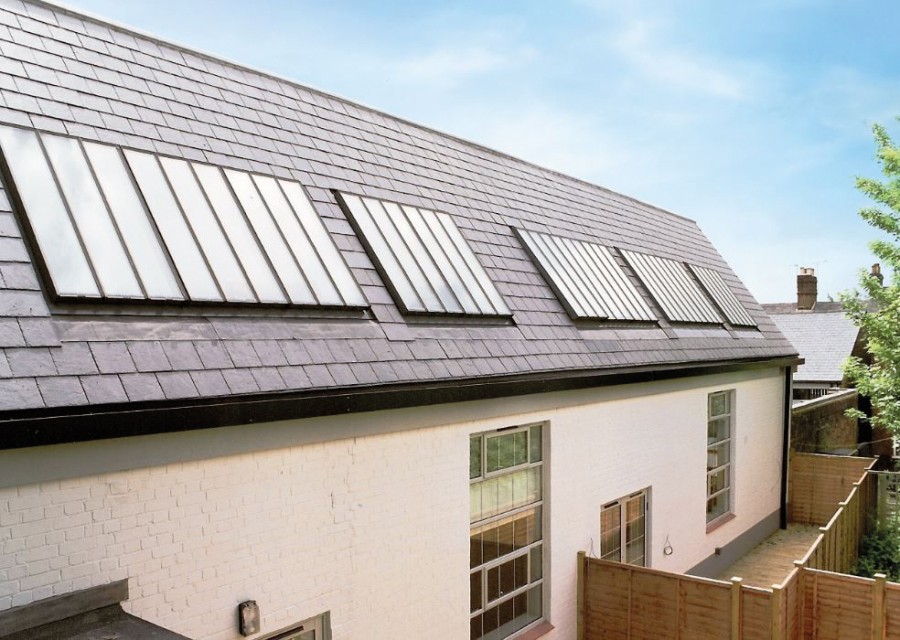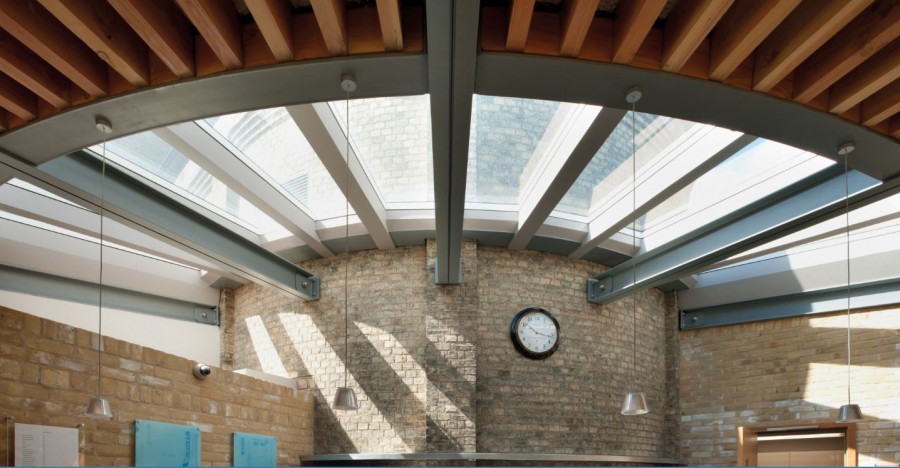
Building design can have a huge impact on our health. Throughout our lives we all spend a large amount of time indoors, away from natural sunlight and a natural air supply.
Health and Wellbeing is defined by the World Health Organisation (WHO) as a “state of complete physical, mental and social wellbeing”. The UK Green Building Council (UKGBC) also includes social, psychological and physical factors into their definition.
A recent research study carried out by research agency Cadvantage surveyed 150 architects and found that of their sample only 11% (17 architects) could correctly define what Health and Wellbeing means in building design.
The research has identified that Health and Wellbeing is taken into account in all sectors of building design, however not by all architects, with only 59% of the architects working on designing education buildings, 57% in healthcare, 48% in office spaces, 44% in retail and most worrying of all 35% in residential. In construction it is widely accepted that natural light and ventilation can vastly improve health, concentration levels and performance so these findings will not be well received by the UKGBC or other organisations such as NARM (the National Association of Rooflight Manufacturers), who regularly promote the health and wellbeing benefits of light from above in building design.

The UKGBC believe that generous access to daylight as well as a supply of natural ventilation should be part of the design considerations for Health and Wellbeing. However, Cadvantage have further revealed that 43% of the architects surveyed felt that the support they receive from manufacturers is inadequate when they are specifying products that meet Health and Wellbeing needs.
According to NARM, daylight is an essential natural asset. There is a growing body of evidence to suggest that buildings enjoying high levels of natural light are literally more successful than those more reliant on artificial light. In all environments the eye and brain functions respond better to natural light, so people perform better, while passive solar gain can reduce energy costs.
It’s clear from the UKGBC, WHO and NARM that introducing maximum natural daylight and ventilation to buildings is key to improving the Health and Wellbeing of the UK population. One solution to this is to specify rooflights on a design scheme. Rooflights can flood up to three times more natural light into a space than a vertical window of an equivalent size, and rooflights such as the Studio Designer Range from the Rooflight Company provide almost unlimited arrays of glazing to truly maximise natural light from above.
To find out more about Health and Wellbeing in rooflighting and how the Rooflight Company can help you integrate light and natural ventilation into your projects call us on 01993 833108 or visit www.therooflightcompany.co.uk
With thanks to Cadvantage and NARM for their statistics in this article.





















